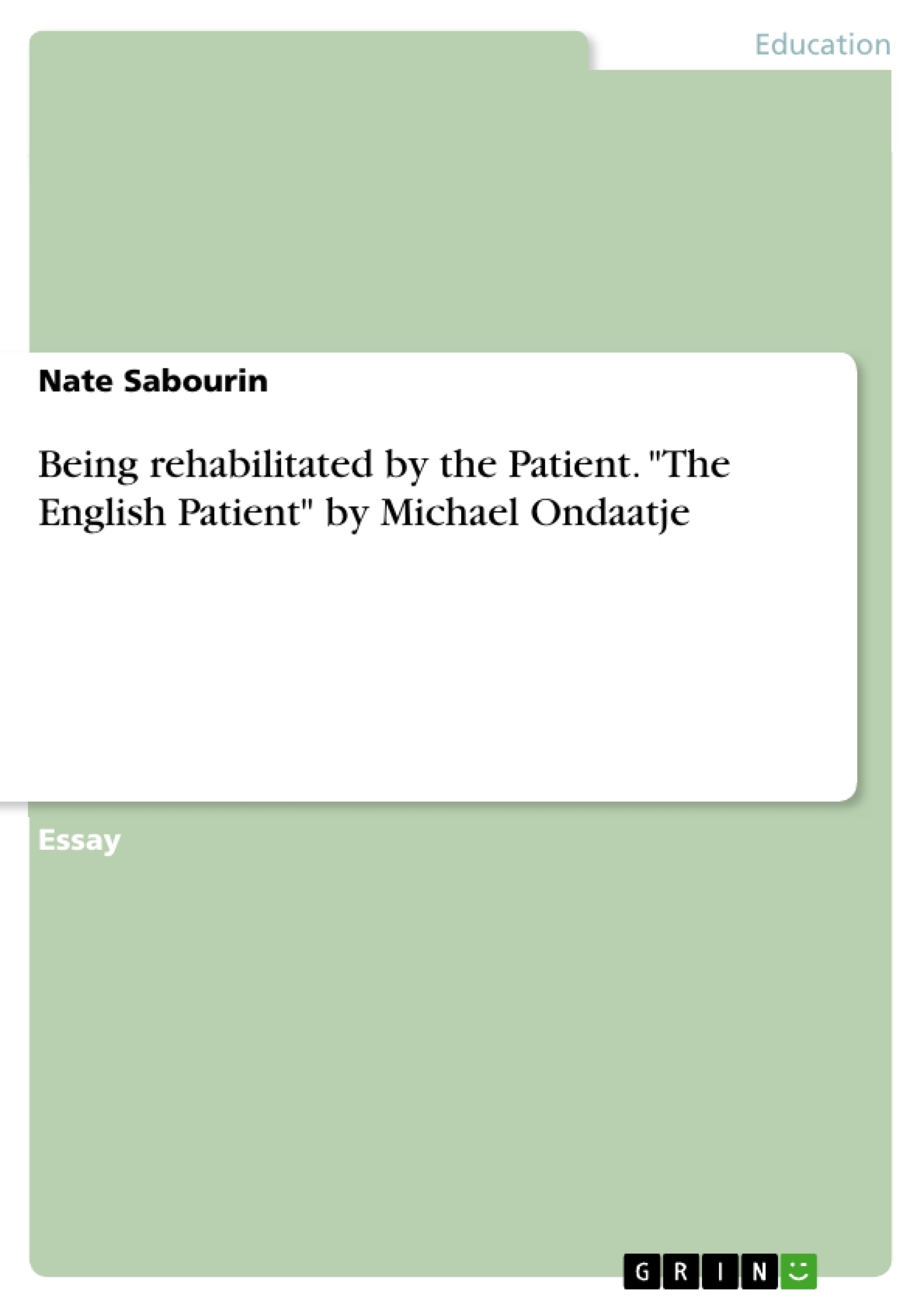Not a single novel currently existing on the earth at the moment provides a better prototype for the perfect piece of literature for the next generation of writers to model their own works by than "The English Patient" by Michael Ondaatje. The ways that Ondaatje incorporates realistic geographical information dictates the course of the plot and this is not readily seen in other works of fiction, while in young writers is often a weak point.
In some ways, the most effective way to evoke feelings in the audience of a fictional text is to place tragic events of real origin into the piece of literature, this is why his use of real history is so effective. This tactic encourages the reader to travel with these fictional characters and even emulate the emotions they experience. As well, in certain types of literature the use of literary devices is expected, however, the percentage that can adopt and incorporate this practice effectively is limited. Lastly, another valuable aspect of Ondaatje’s writing is his ability to mix fantasy and fact. While Ondaatje uses factual information from geographical and historical aspects of life, he still finds a way to seamlessly embed aspects of a fictional dramatic fairytale to engage the reader.
Inhaltsverzeichnis (Table of Contents)
- Being Rehabilitated by the ‘Patient’
- A Third Dimension: Geography
- The Historical Factor: World War II
- The Art of Literary Devices
- The Fairytale Element
- Conclusion
Zielsetzung und Themenschwerpunkte (Objectives and Key Themes)
The article aims to analyze Michael Ondaatje's novel, "The English Patient," and highlight its literary strengths. It argues that the novel's unique combination of geographical realism, historical references, literary devices, and fairytale elements contribute to its enduring value.
- The importance of geographical descriptions in creating a compelling narrative.
- The use of historical events to evoke emotions and establish a sense of authenticity.
- The effective application of literary devices, such as imagery and simile, to enhance the reader's experience.
- The blending of reality and fairytale to create a sense of romanticism and empathy.
- The value of literature in nourishing our emotional lives.
Zusammenfassung der Kapitel (Chapter Summaries)
The first section introduces "The English Patient" as a literary masterpiece and explores four key elements of its success: the inclusion of geographical description, the relation to real historical events, the effective use of literary devices, and the merging of reality and fairytale features. The second section delves into the novel's use of realistic geographical information, highlighting how it shapes the plot and evokes emotions in the characters.
The third section analyzes how Ondaatje incorporates World War II as a backdrop for the story, creating a sense of historical realism and relatability for the reader. The fourth section discusses the effective use of literary devices, particularly imagery, irony, and simile, in enriching the narrative. Finally, the fifth section examines the novel's fairytale elements, highlighting how they contribute to the romanticism and empathy of the story.
Schlüsselwörter (Keywords)
The article focuses on key concepts related to the analysis of "The English Patient," including geographical realism, historical references, literary devices, fairytale elements, emotional engagement, and the overall value of literature. The article also highlights specific examples from the novel, such as the "Cave of Swimmers," the role of World War II, and the use of literary devices like imagery and simile.
- Quote paper
- Nate Sabourin (Author), 2014, Being rehabilitated by the Patient. "The English Patient" by Michael Ondaatje, Munich, GRIN Verlag, https://www.hausarbeiten.de/document/311564


